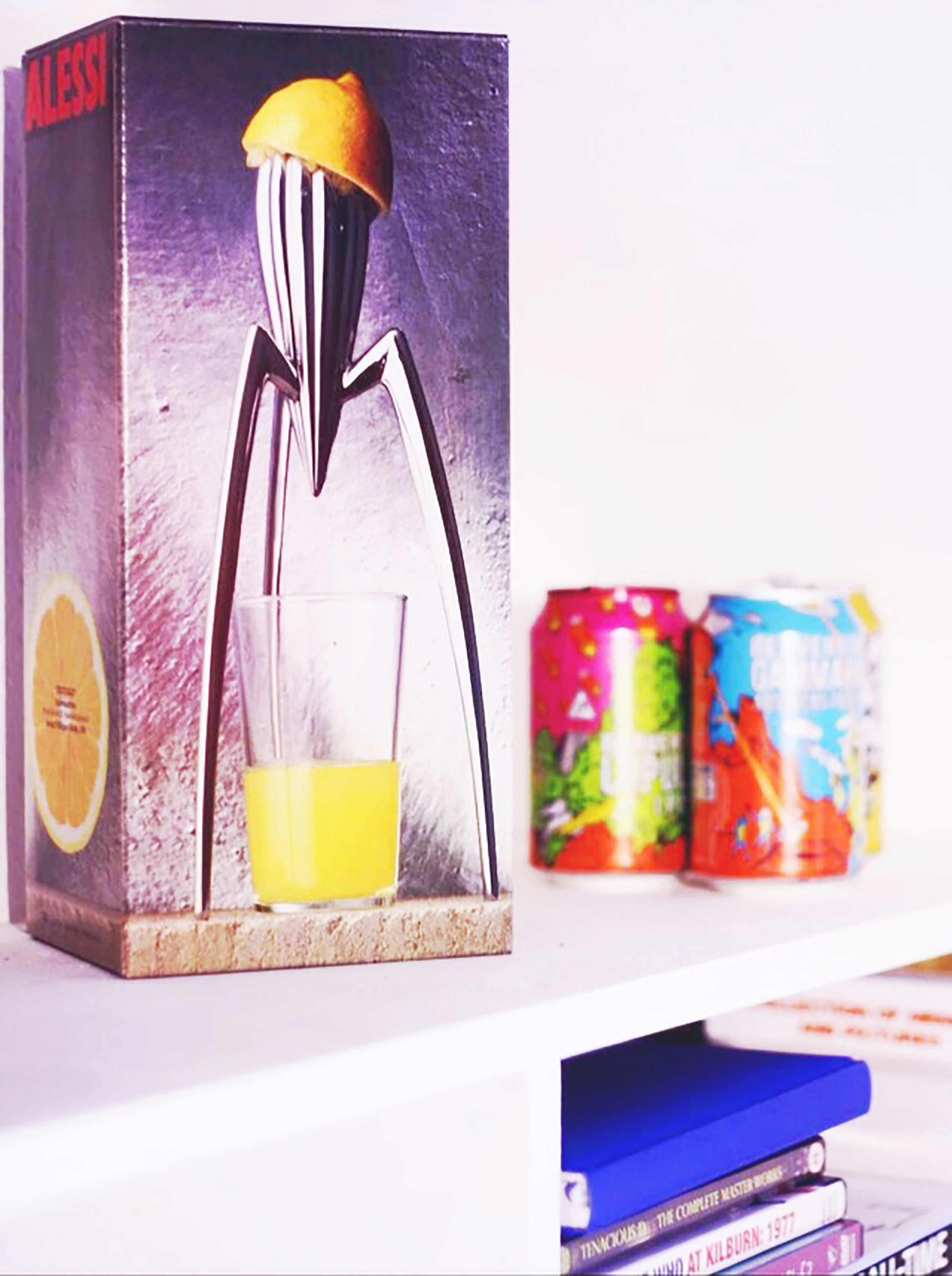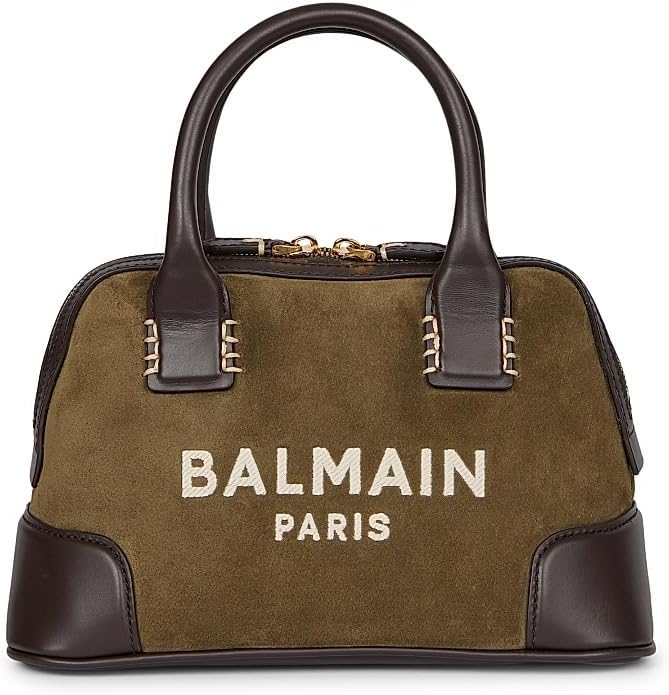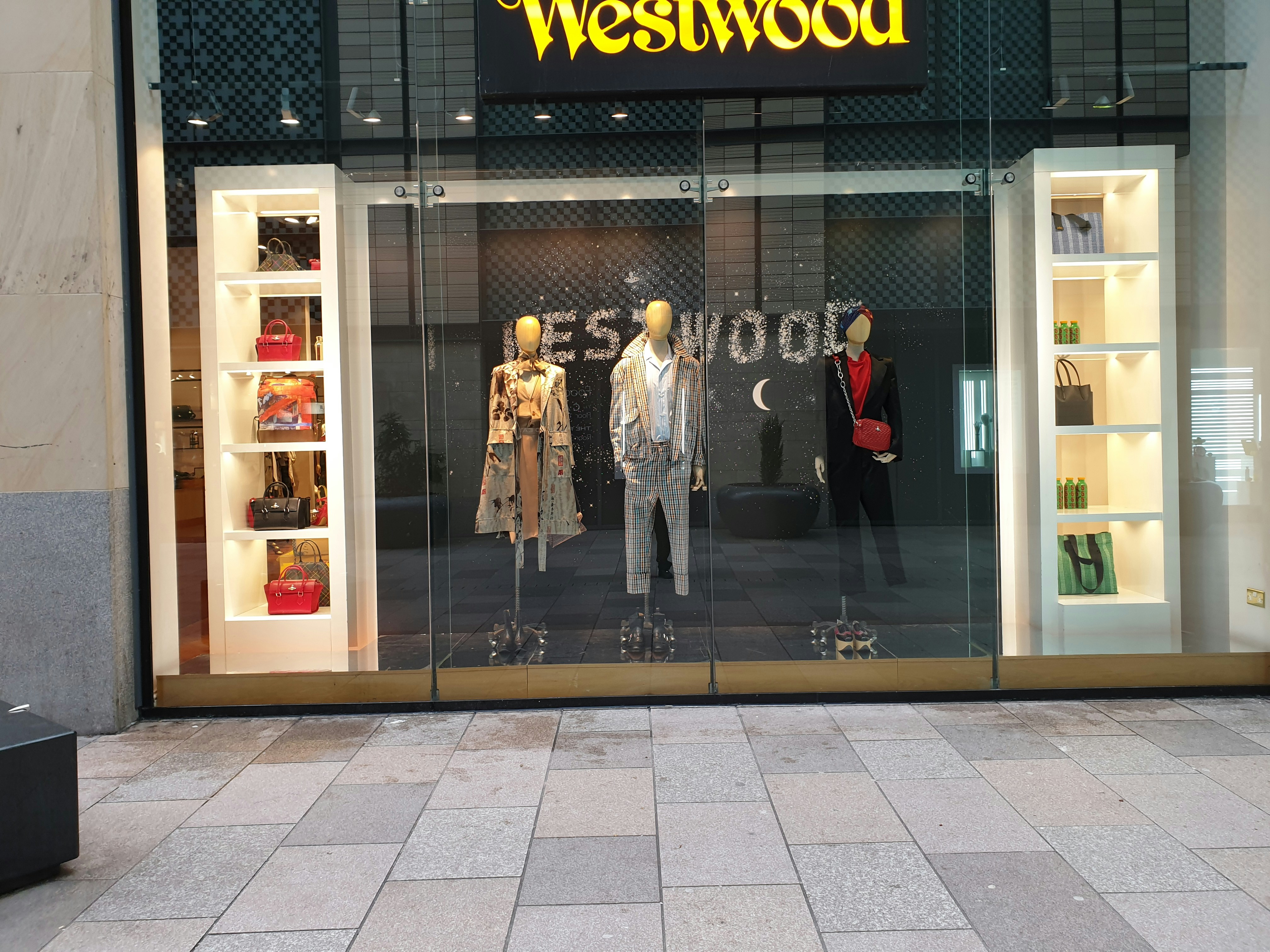The Origin and Evolution of Alessi
Founded in 1921 by Giovanni Alessi in Omegna, Italy, Alessi S.p.A. began as a small workshop dedicated to the production of metal accessories. Originally focusing on crafting household items, the brand gradually expanded its offerings, embracing the art of design and innovation. The transformation from a modest workshop to a prominent entity in the kitchenware sector was fueled by the evolving demands of consumers and an emerging appreciation for functional aesthetics.
Throughout its history, Alessi has collaborated with numerous renowned designers, each contributing to the brand’s distinctive vision. In the 1950s, a pivotal shift occurred when Alessi began to attract designers such as Richard Sapper and Ettore Sottsass, who brought fresh ideas and concepts to the table. This era marked a significant turning point, as the brand started to produce items that fused practicality with artistic expression, cementing its reputation as a design-led brand.
The 1980s and 1990s saw Alessi further establish itself as a cultural icon, not just within Italy but globally. The brand embraced the philosophy of “making things that are beautiful and functional,” resulting in a diverse range of products that resonate with various styles and preferences. Key milestones during this period included the production of the famous “Michael” kettle by Michael Graves, which showcased the blend of design and practicality that has become synonymous with Alessi’s identity.
Today, Alessi continues to evolve, embracing new technologies and sustainability practices while staying true to its commitment to design excellence. The brand remains a leading name in the kitchenware industry, offering innovative products that appeal to modern sensibilities while keeping alive the rich heritage and craftsmanship that define its origins. This journey of evolution showcases the enduring spirit of Alessi as it shapes the future of kitchenware with a design-led approach.
The Juicy Salif: A Symbol of Alessi’s Playful Design
The Juicy Salif, created by designer Philippe Starck in 1990, is a quintessential representation of Alessi’s avant-garde and playful design philosophy in kitchenware. At first glance, this citrus squeezer’s unconventional form, which resembles a modern sculpture, sparked a wave of skepticism among consumers and critics alike. The squeezer’s tall, three-legged stance and elongated body diverge greatly from the functional norms expected of kitchen tools at the time. However, it is precisely this audacious design that has led the Juicy Salif to attain the status of a design classic, symbolizing a radical departure from conventional kitchen instruments.
The cultural significance of the Juicy Salif extends beyond its aesthetic appeal. It encapsulates Alessi’s commitment to merging art with utility, leading to a distinctive blend of functionality and visual expression. In many ways, the squeezer is an embodiment of how design can be both playful and practical, making it a subject of fascination in design circles. It provokes conversations about the nature of kitchenware and encourages users to view everyday tasks as opportunities for creative expression. As such, the Juicy Salif has transcended its intended purpose—it’s not only a tool for juicing citrus but also a statement piece that commands attention in any kitchen setting.
Consumer reception of the Juicy Salif has evolved remarkably since its introduction. Initially met with criticism for its unconventional approach, it has since become a beloved centerpiece in many homes, reflecting Alessi’s successful navigation of design innovation. The Juicy Salif’s journey from skepticism to iconic status mirrors the brand’s overall narrative—one that champions creativity and challenges traditional kitchenware norms. As a point of reference, it continues to inspire a new generation of designers who seek to blend artistry with functionality in their creations.
Alessi’s Industrial Collaborations: Redefining Kitchenware
Alessi is widely recognized for its innovative approach to kitchenware, characterized by a unique blend of functionality and artistic expression. Central to this success are the brand’s collaborations with esteemed industrial designers and architects, who have profoundly influenced the evolution of kitchenware design. By partnering with creative minds across various fields, Alessi has successfully redefined traditional kitchenware, allowing it to transcend mere utilitarian objects to become pieces of art.
One notable collaboration includes the work with renowned architect Michael Graves, which resulted in the iconic kettle that features a whimsical bird whistle. This project exemplifies how Alessi combines functionality with playfulness, captivating consumers with its imaginative design. The collaborative process involves extensive dialogue between Alessi and the designer, merging technical expertise with the artist’s vision, ultimately leading to innovative products that resonate with everyday users.
Furthermore, Alessi’s partnerships with designers like Philippe Starck and Zaha Hadid brought forth kitchenware that pushes the boundaries of traditional aesthetics. Starck’s “La Stanza Dello Scirocco” design showcases a blend of cultural references and modernity, transforming everyday objects into conversation starters. Similarly, Zaha Hadid’s dynamic and flowing designs reflect her signature architectural style, making kitchenware that rethinks form and function.
Through these collaborations, Alessi has successfully bridged the gap between art and everyday life, enabling consumers to experience high design within their homes. By continuously challenging conventional notions of what kitchenware can be, Alessi not only elevates the consumer’s experiences but also sets new standards for design in the industry. These efforts underline Alessi’s commitment to merging artistic innovation with practicality, ensuring that every creation resonates with both beauty and utility.
The Future of Alessi: Sustainability and Innovation
As we look to the future, Alessi is at the forefront of integrating sustainability into its design philosophy. The brand has made a conscious commitment to reducing its environmental impact by embracing eco-friendly materials and implementing sustainable practices throughout its production processes. This strategic shift not only reflects a growing consumer demand for responsible products but also aligns with global efforts to combat climate change.
Alessi has initiated various programs that focus on sourcing materials that are both renewable and recyclable. The shift towards sustainable materials such as biodegradable plastics and certified wood highlights the brand’s dedication to environmental stewardship. Moreover, by collaborating with designers who prioritize sustainability, Alessi aims to create kitchenware that remains stylish and functional while being eco-conscious.
In addition to focusing on sustainable materials, Alessi is investing significantly in innovation and digital transformation. The adoption of cutting-edge technology in design practices allows the brand to streamline processes and enhance product quality. Advanced manufacturing techniques, such as 3D printing, enable Alessi to experiment with complex forms and new functionalities, resulting in innovative kitchenware solutions that cater to evolving consumer needs.
Furthermore, the brand’s playful spirit, synonymous with Alessi, remains integral to its identity as it navigates these changes. The challenge lies in maintaining this whimsical design ethos while adapting to the realities of modern consumer behavior and the environmental challenges that accompany it. By forging a path that balances creativity with ecological responsibility, Alessi not only solidifies its position within the kitchenware market but also sets a precedent for other brands to follow.
Thus, the exciting journey ahead for Alessi embraces sustainability and innovation, ensuring that the brand continues to thrive in an ever-changing landscape.














